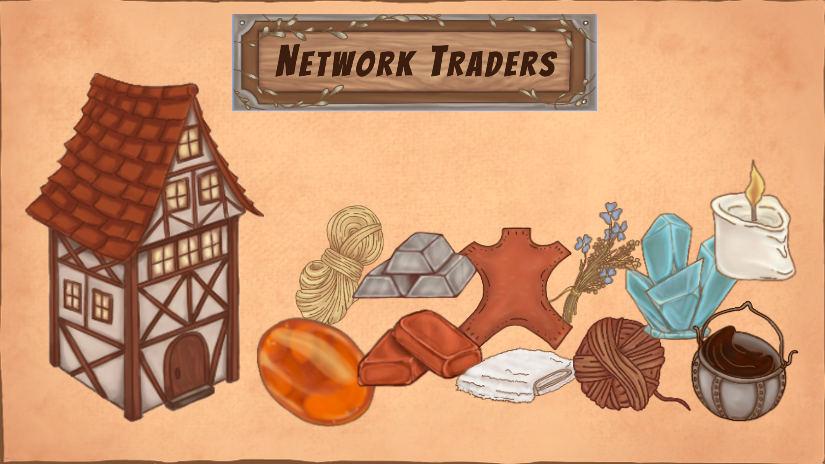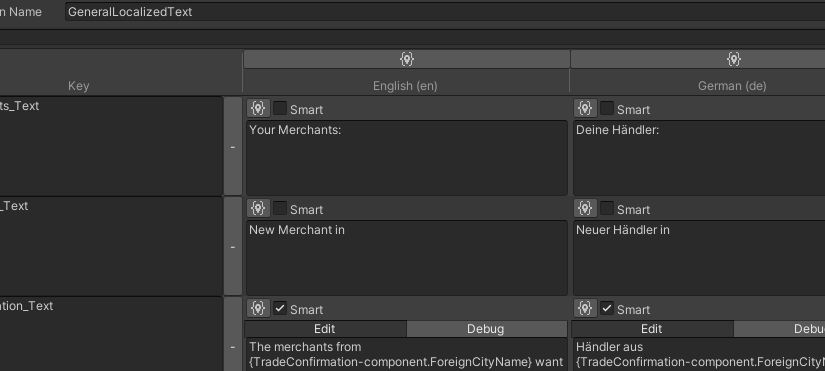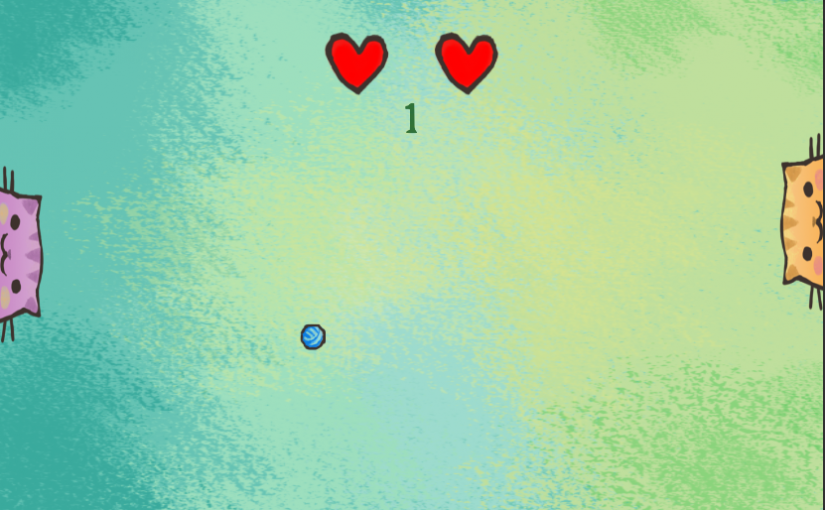The greatest thing about making video games is that it’s a team effort bringing together a very wide range of specialists. You need game designers, coders, artists, testers, marketing specialists, project managers and some more. So far, I have done almost all of this myself. But unfortunately, I’m a lousy artist. A … very … lousy artist. So I am more than happy that Andrea Prager has agreed to help me out here, and she’s doing a great job. Have a look at some of her work that you will see in Network Traders.
Continue reading DevBlog: Art ExpertiseAuthor: Ingo
DevBlog: Avoiding Unity Netcode
When I started Network Traders a year ago, I was intrigued by Unity’s new networking layer, which was then still the MLAPI. After some testing, I realised that it was just not the right tool for my application. So when does it make sense to use Netcode and what might be an alternative for your project if it doesn’t?
Continue reading DevBlog: Avoiding Unity NetcodeDevBlog: Trying out Unity Localization
Almost exactly a year ago I published a quick survey about free localization tools, comparing those available in the asset store. In the meantime, the guys at Unity have developed and finally published version 1.0 of their own Localization package in September this year. I have decided to give it a try for Network Traders. So here comes an update to my last year’s survey.
Continue reading DevBlog: Trying out Unity LocalizationDevBlog: A Bluetooth Novice’s Tale
Once upon a time not so long ago there was a not-so-young programmer. He thought, “let’s make a game where people connect their smartphones via Bluetooth to trade with each other”. And so he went on a perilous adventure with many loops and turns where in the end, the simplest solution won out.
Continue reading DevBlog: A Bluetooth Novice’s TaleDevBlog: My Flow Diagram
In my previous post, you saw a so-called Cumulative Flow Diagram (CFD) of Network Traders. It shows the number of tasks (features) that have been implemented over time. There is a lot of interesting stuff you can read out of it. So what is there to be found in my example, and why do I have one in the first place?
Continue reading DevBlog: My Flow DiagramDevBlog: Games take Time
Are you a hardcore gamer with thousands of hours of playtime on your Steam account for your favourite game? Well, no matter how much you played it, I am quite certain it took more time to make it. So, how much time does it actually take to make a game of your own? What if you even want to publish it? At least for my hobby projects such as Network Traders I can give you some insights.
Continue reading DevBlog: Games take TimeDevBlog: (Re)Start
Since the beginning of the year, I have focused my attention on a new game project which I call “Network Traders”. It is considerably more extensive than Coopong and thus takes up much more of my time. So much that you haven’t seen any new articles on this blog for almost a year. However, I am about to change this by starting a DevBlog for this new endeavour.
Continue reading DevBlog: (Re)StartOn Blogging – Tips and Insights
On January 11th, 2021, the Games:Tech:Blog has counted its 25,000th visitor since the publication of the first article in March 2015. This is not really an impressive number, but since blogging is no more than a hobby of mine this is nonetheless very satisfying. Now it is time for a quick resumé and to discuss some insights and statistics.
Continue reading On Blogging – Tips and InsightsA quick Survey of free Localization Tools
Even a small game project such as my Coopong for Kids needs to be translated into different languages if you want to reach more players. If you want to keep your budget low while having the least amount of hassle with localization, the following (incomprehensive) list of free localization tools for Unity might help.
(Update: also have a look at my article about the Unity Localization package, which was published later.)
Continue reading A quick Survey of free Localization ToolsCoopong For Kids is online!
Quite a while ago I decided to introduce my daughter to the world of classic video games. Obviously, the best game to start with was the first video game whatsoever, Pong. However, the Pong implementations I found on the Google Play Store all had some design problems. So I started to implement my own version. The result, Coopong For Kids, is now available in the Play Store. The following article takes a closer look at the main game design decisions involved.
Continue reading Coopong For Kids is online!



